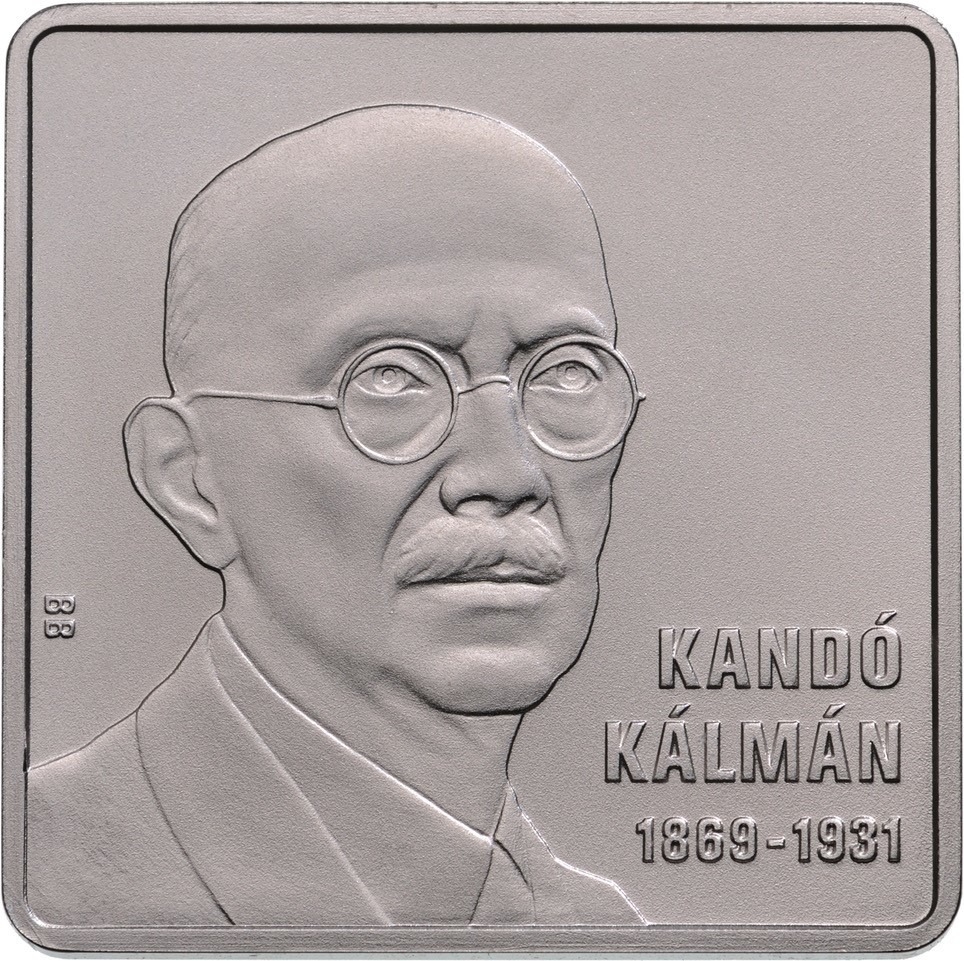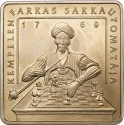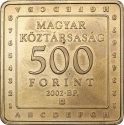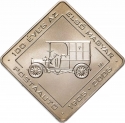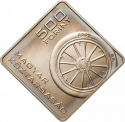You are about to finish your registration. Please check your mailbox (including spam folder). There should be a letter with a confirmation link. Check setting to make sure that your e-mail address is correct.
Send letter againDescription
Kálmán Kandó (1869-1931) was a distinguished Hungarian engineer and inventor, often hailed as the "father of the electric locomotive." He made pivotal contributions to the advancement of electric railway systems, particularly in the realm of three-phase electric power.
Kandó pioneered one of the earliest practical applications of three-phase electric power for railway traction, which enabled the creation of more efficient and powerful electric locomotives compared to earlier technologies. He designed several electric locomotives that were remarkable for their innovative use of alternating current (AC), as opposed to the more commonly used direct current (DC) systems at that time. His work resulted in electric locomotives capable of operating efficiently over long distances and handling heavy loads, significantly enhancing the efficiency and reliability of rail transport.
His groundbreaking efforts included the design and implementation of overhead power lines and the development of the necessary infrastructure to support electric railways. This work laid the groundwork for modern electric rail transport systems.
Kálmán Kandó's contributions had a profound impact on railway engineering and technology, establishing electric railways as a viable and efficient mode of transportation and influencing the development of railway systems globally.
Between 1895 and 1929, Kandó was granted 69 patents. These patents can be categorized into themes such as electric railway motors, multiphase alternating current motors, automatic switching devices, overhead power lines, and power transmission stations.
Engraver: Balázs Bitó
Obverse

|
Depicts a portrait of Kálmán Kandó. To the lower right of the portrait, in horizontal lines beneath each other, are the inscriptions "KANDÓ," "KÁLMÁN," and the birth and death years "1869–1931." The engraver's privy mark is placed on the left edge. BB |
|---|---|
Reverse

|
Depicts the phase-changing electric locomotive, part of the MÁV V40 series, designed by Kálmán Kandó. At the top edge, in two horizontal lines beneath each other, to the left the denomination and the inscription "FORINT," to the right the issuance year "2019" and the mint mark "BP." Below, the inscription "HUNGARY" is placed. 2000 2019 |
| Edge |
2000 Forint
Hungarian Explorers and Their Inventions
Phase-Changing Electric Locomotive by Kálmán Kandó
Subscribe series
Adamo# EM384
Hungarian Explorers and Their Inventions
Phase-Changing Electric Locomotive by Kálmán Kandó
Characteristics
| Type | Commemorative Issue (Non-circulating) |
| Material | Cupronickel |
| Weight | 14 g |
| Diameter | - |
| Width | 28.4 mm |
| Height | 28.4 mm |
| Thickness | 2.1 mm |
| Shape |
|
| Alignment | Medal |
| Mint |
Budapest Mint (BP)
|
Related coins
Hungarian Explorers and Their Inventions
Hungarian Explorers and Their Inventions
Hungarian Explorers and Their Inventions
